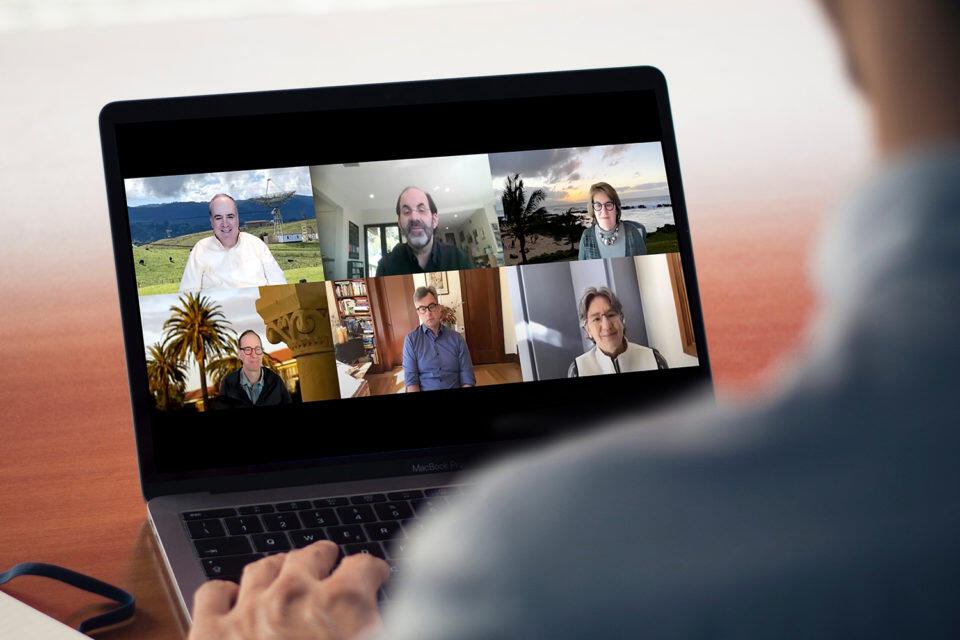Stanford Researchers Champion Open and Reproducible Science
Stanford Researchers Champion Open and Reproducible Science
Stanford’s Center for Open and Reproducible Science aims to make science – and research in general – more effective and accessible. “Stanford is absolutely the right place to have a center like CORES because we have such a strong tradition of data science," says SHP's Michelle Mello, a member of the CORES executive committee.

Open science is a broad goal that includes making data, data analysis, scientific processes and published results easier to access, understand and reproduce. It’s an appealing concept but, in practice, open science is difficult and, often, the costs seem to exceed the benefits. Recognizing both the shortfalls and the promise of open science, Stanford University’s Center for Open and REproducible Science (CORES) – which is part of Stanford Data Science – hopes to make the practice of open science easier, more accessible and more rewarding.
Since its launch in September 2020, CORES has been hard at work on the center’s first major efforts. These include developing a guide for open science practices at Stanford – called the “Open by Design” handbook – and producing workshops and a lecture series to help people learn about and contribute to open science across the university.
“Stanford is absolutely the right place to have a Center like CORES because we have such a strong tradition of data science,” said Michelle Mello, professor of law in Stanford Law School and professor of medicine in Stanford School of Medicine, who is a member of the CORES executive committee. “And part of that leadership should be helping lead the culture change around how data are used and shared.”
The work being done by CORES focuses on Stanford for now, as a case study, but they aspire to help researchers generally.
Defensive Science
In championing open science, the members of CORES hope to address some of the perceived shortcomings of modern science.
“Part of the motivation behind CORES is the desire to make science actually answer questions as effectively as it should be able to,” said Russell Poldrack, the Albert Ray Lang Professor of Psychology in the School of Humanities and Sciences and director of CORES. “I’m a scientist because science offers us the best way to answer a subset of the questions that humans have. But we’ve learned that the way science is actually done often doesn’t lead to those kinds of answers.” As an example, Poldrack points to the challenges of reproducing and successfully applying findings from the field of cancer biology.

A screenshot from the CORES kickoff meeting in February 2021. (Image credit: Franklin Feingold/Andrew Brodhead)
